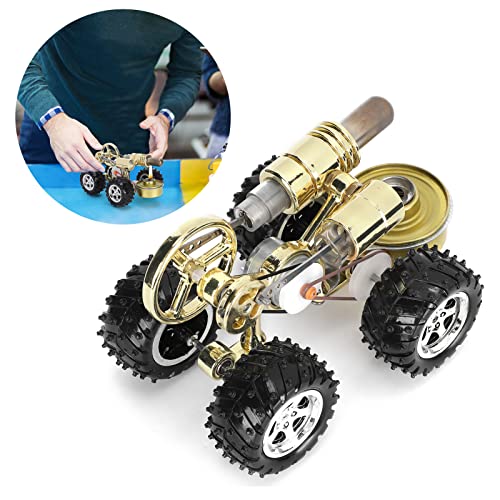Hi Mihai,
It does look the same as mine, except for the wattage. (Irrelevant for operating instructions).
So simple to use.
That's about as far as I use it. - It is as simple as I need.
K2
It does look the same as mine, except for the wattage. (Irrelevant for operating instructions).
So simple to use.
- On-Off is just that. Starts and stops rotation. I use it when the speed is set and I am repeatedly starting and stopping the lathe making multiple cuts and don't want to be fiddling with speed variation, e.g. when stopping to check sizes with micrometer, etc.
- Speed control knob. When I first get going, this is set fully turned to the left when I switch ON. Then I rotate it to the right, until it first starts rotation. As long as the rotation is in the right direction, (I.E. I haven't left it going the wrong way!) then I increase speed to the desired speed and leave it at that. My experience is that "pots" wear out faster than main toggle switches(?), so use the ON-OFF to start and stop the lathe.
- If I want reverse the Green button reverses direction. Set lathe running at the slowest speed. Press Green and it will stop, the start in reverse direction under factory set conditions.
That's about as far as I use it. - It is as simple as I need.
K2





![WP_20240906_002[1].jpg](https://cdn.imagearchive.com/homemodelenginemachinist/data/attachments/113/113349-2d3b2656be59d8ef560431b22fb7aff4.jpg)
![WP_20240906_004[1].jpg](https://cdn.imagearchive.com/homemodelenginemachinist/data/attachments/113/113350-1966be892efaede5a1a2b9a380ade739.jpg)


























![MeshMagic 3D Free 3D Modeling Software [Download]](https://m.media-amazon.com/images/I/B1U+p8ewjGS._SL500_.png)






















![DreamPlan Home Design and Landscaping Software Free for Windows [PC Download]](https://m.media-amazon.com/images/I/51kvZH2dVLL._SL500_.jpg)










